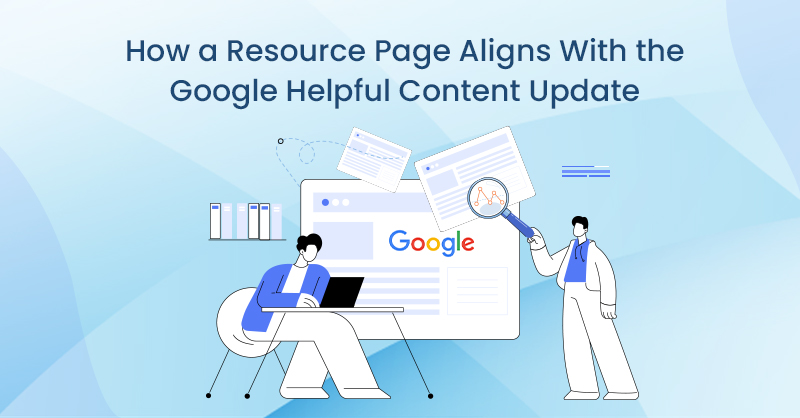When it comes to content marketing, the good old 80/20 rule applies. It dictates that while 8 out of every 10 people who see your content will read the headline, only 2 out of those 10 will actually click through and read what it is the headline is about.
This was used as a way to encourage people to write engaging headlines that made it impossible not to click and read the actual content. This created a bit of a surge in clickbait, which had been a bigger problem back in the earlier 2000s.
Today, when we have articles being shared without people ever reading the content, finding a good headline is even more important. But because of the thin line between irresistible headlines and clickbait, we have a new focus that seems to be much better.
That is learning how to find content topics that will be profitable and lead to a higher click-through rate.
My firm belief is that many of the untouched links have little to do with the headline. They are just often hiding uninspired content that no one really has the time or desire to read.
You can get past that by finding topics that are of genuine interest and value to your target demographic. That increases your chances of clicks and so makes the content work for you, not against you. Remember, visibility without clicks is just leads without conversions, put into a social media context.
Ultimately, there is going to be leg work involved. You have to customize and search for the right ideas, which means putting in the effort to narrow down your audience and know what is important to them.
But once you have that information, these tools will help you collect a large list of content ideas, so you never run out again.
1. Text Optimizer
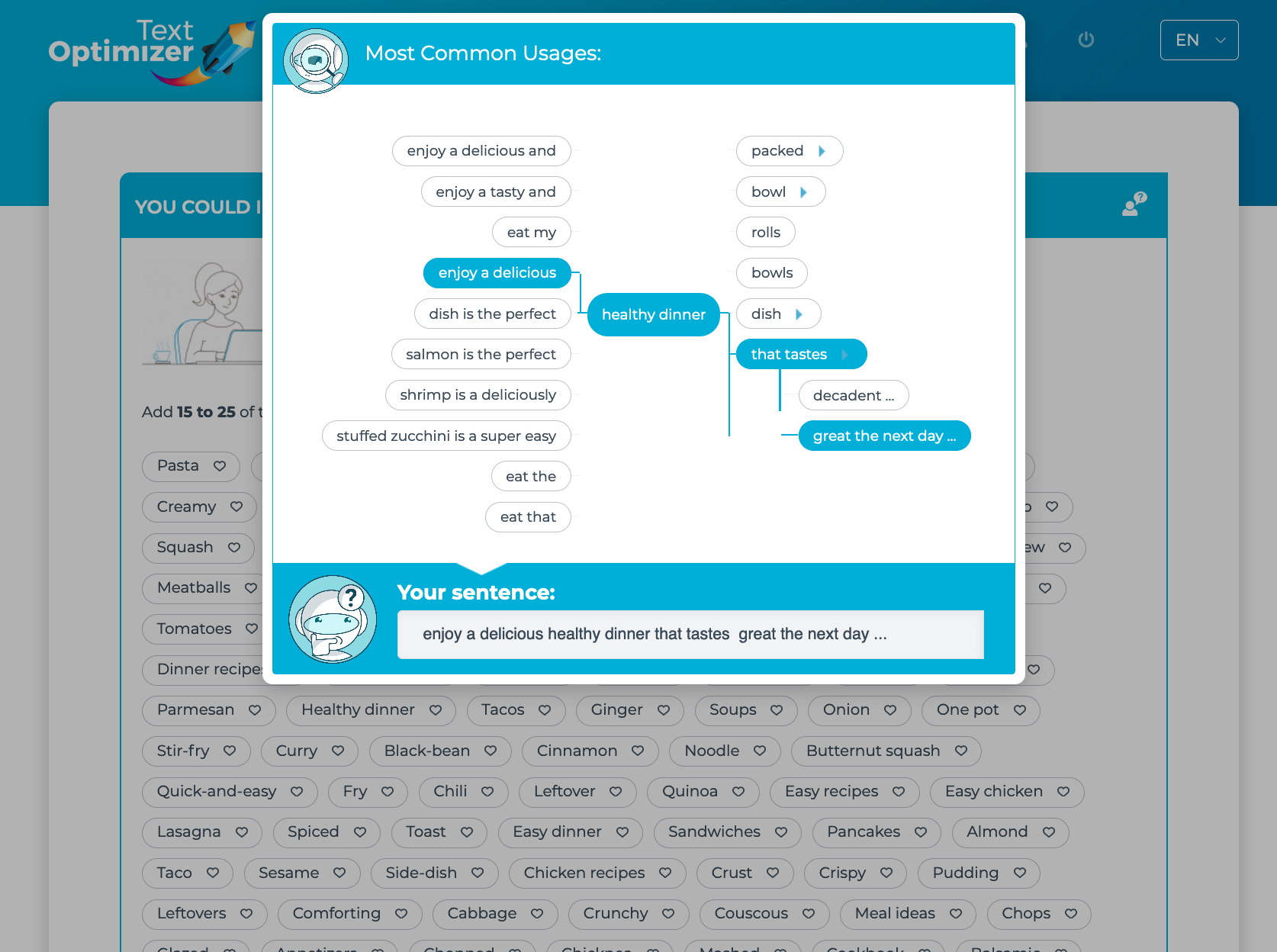
Text Optimizer has quickly become my go-to tool whenever I am writing or editing any content. The tool uses semantic analysis to help you understand your target query better as well as optimize for search intent.
You put in the chosen keyword(s), and the tool suggests related concepts, entities and content ideas that you can sift through.
I can’t tell you how many great content ideas I have found here or how better my targeting strategy has become. It also helps you build sentences using your chosen keywords, allowing you to build the most effective context (as well as come up with optimized headlines).
2. Buzzsumo
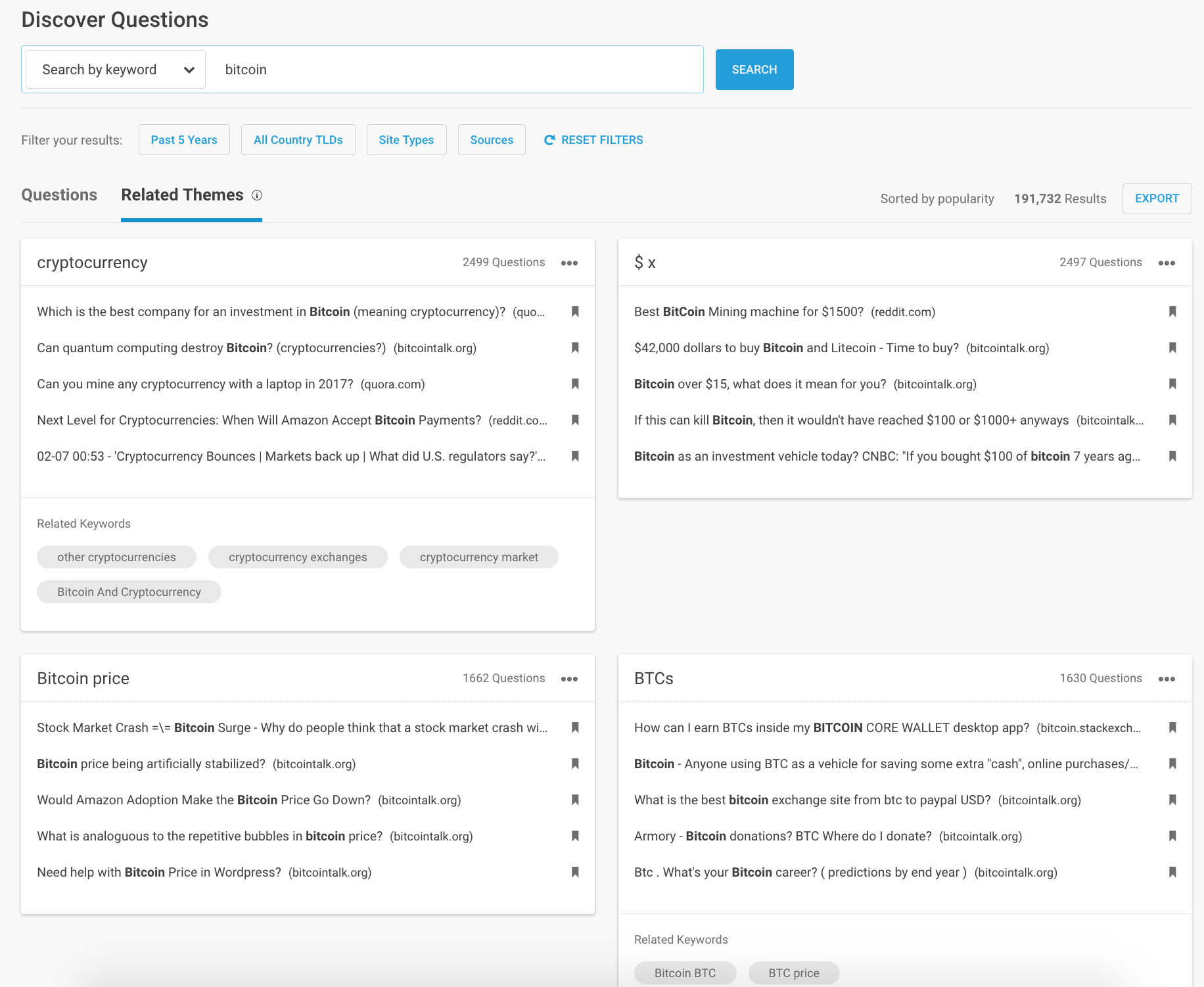
To focus on social media engagement for certain topics, I like BuzzSumo, which offers that as a part of its analytical data. It is also great for watching trends within those keywords, so you can write content that is relevant right now. Remember, not everything has to be evergreen.
What I love about Buzzsumo the most is how easy it is to use and how useful their free features have been. They do have a pro version, but unless you are looking for full analytics, you will get by on their basic options.
3. HubSpot
HubSpot has maintained its spot on one of the biggest content tools on the web, not to mention a host of other valuable features that make it a centrepiece for the industry. I use their content generator a lot, given how in-depth it is and how much information it provides.
I like that you can use up to five keywords at a time, which is better with the current Google algorithm and the way results are shown on the front page. So you can find helpful suggestions that will become featured snippets, giving you further results and solidifying your place as an authority on the topics you choose.
Just enter one to five nouns. It will give you one week of article titles to work from, or for a premium subscription, 250 at once. At $50 to $3200 per month, depending on level, it is pricey but a great all in one place to run content, especially if you have a team.
4. Answer The Public
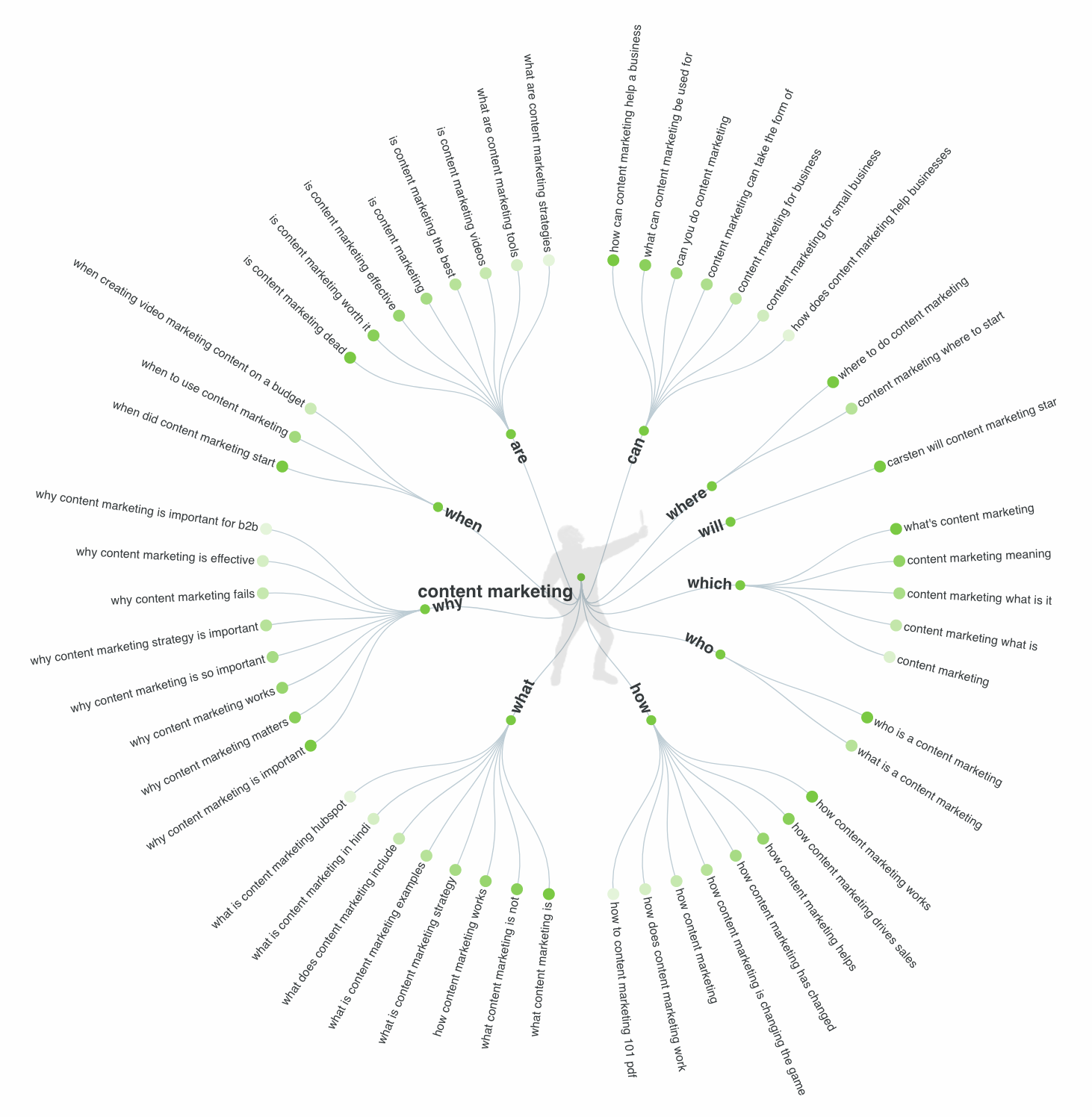
Answer The Public was all the rage a couple of years ago, but I do not see it suggested as often. That is a major shame because it is a unique tool.
It analyzes Google’s Suggest results and then uses the data it gathers to create a visual map.
That is connected to the fundamental questions of Who, What, Why, When and Where, etc. and breaks them into their own sections. I love screenshotting my visual results and using them going forward as I build campaigns centred around those questions.
Tracking your own on-site search is very helpful as well: You get to understand what your actual site users are searching for and which questions they may be seeking to answer.
5. Your Social Channels
One of your best tools is going to be your own social media channels and listening to the followers. You can put out a CTA asking for content ideas that would interest them. It is a good idea to use influencer marketing to generate more answers and ideas.
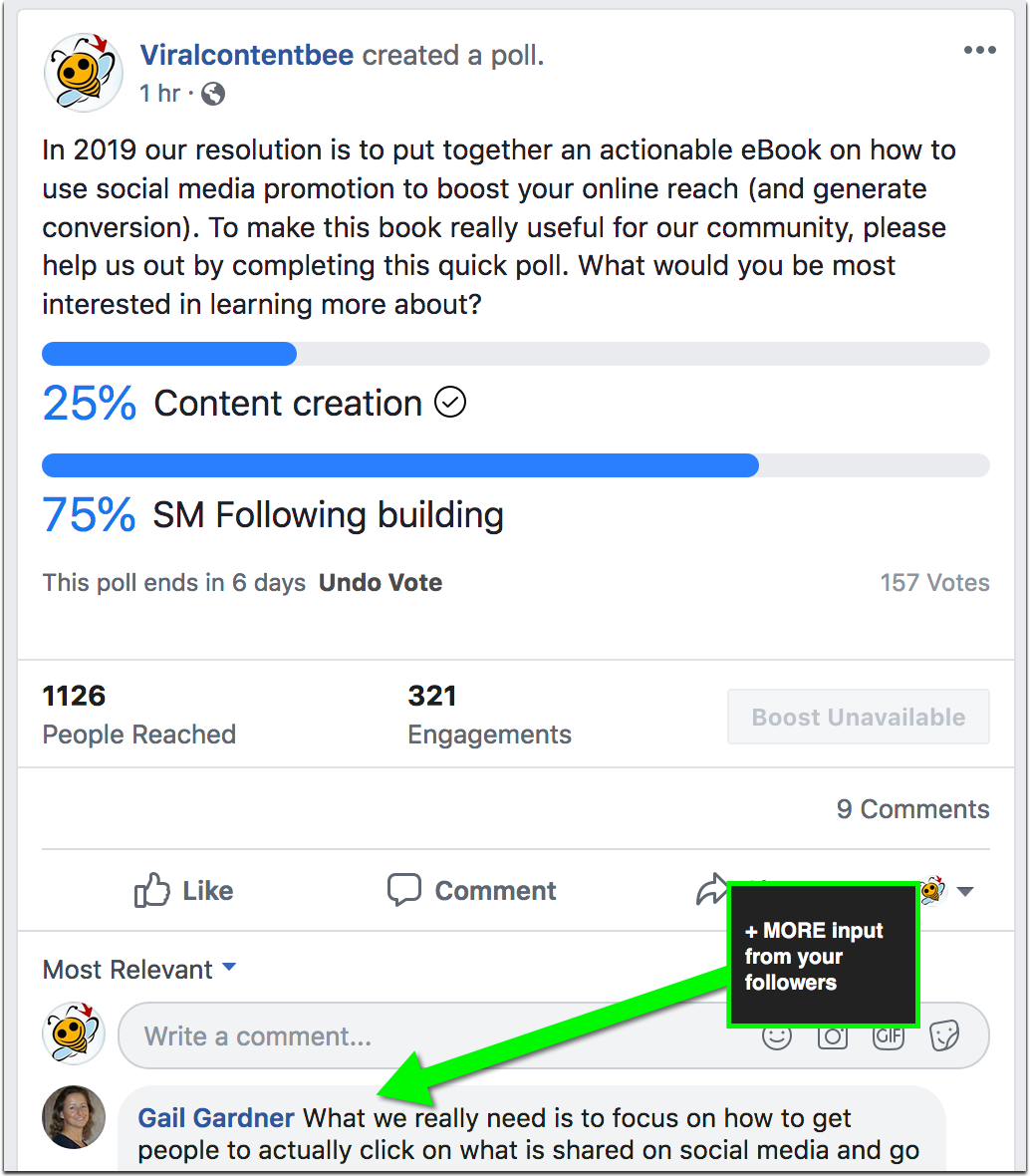
But that direct approach isn’t usually needed. You can see what is being discussed on your platforms and start taking your content ideas from there.
Social media provides lots of opportunities for building a better content strategy, from understanding your target audience to catching interesting discussions that can be turned into great content. Using social media hashtags for listening is always helpful in coming up with effective content ideas.
Tools like Agorapulse allow you not only to monitor hashtags and social media discussions it also offers you to assign any possible content ideas to your content team right away.
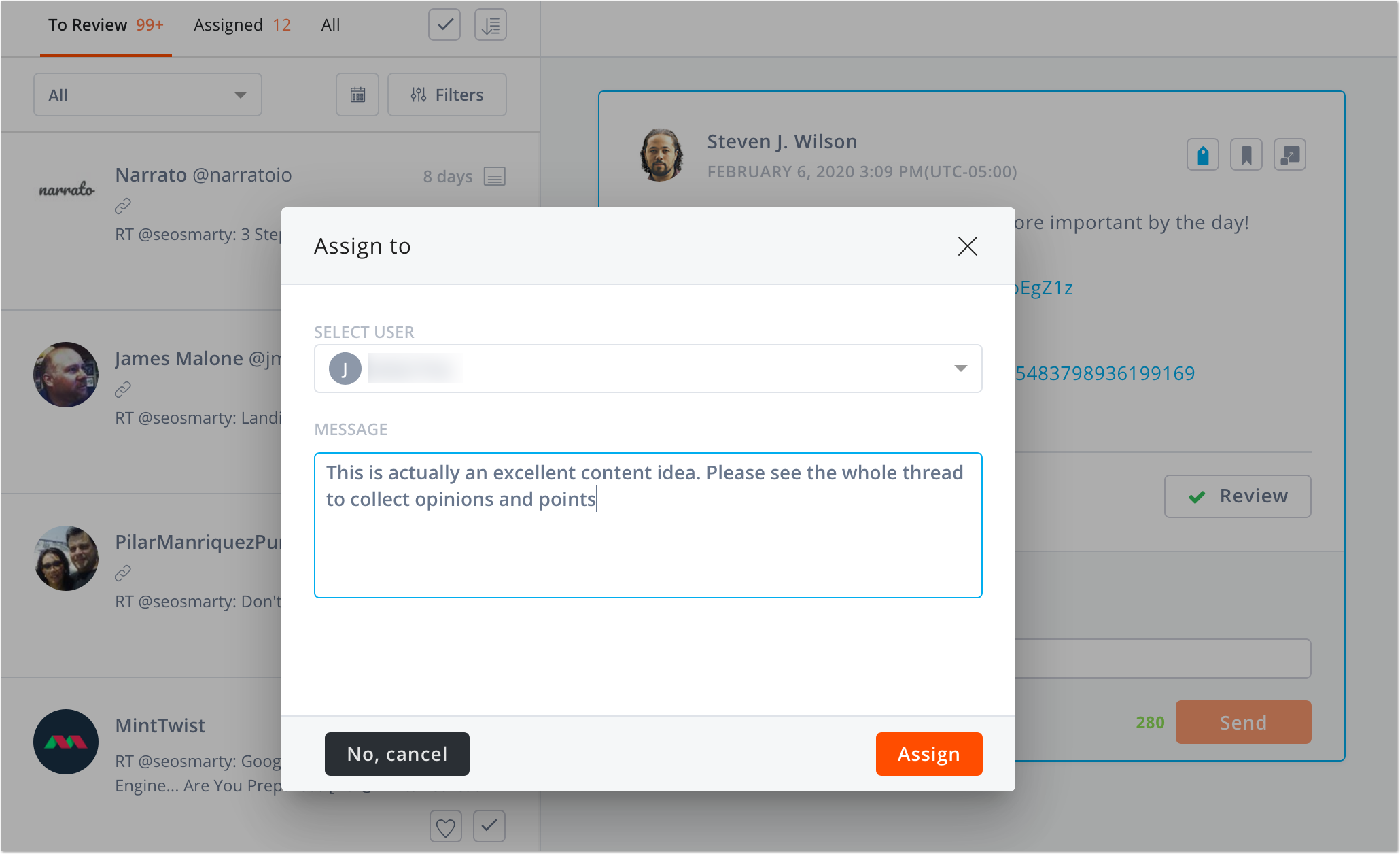
That allows you to give them something that they are already stating they want to know more about.
Effective headlines can improve your rankings, click-through and conversions, so coming up with a better strategy can make a real difference here.
Do you have any tools that will help our users come up with fresh, profitable content ideas? Let's discuss!



